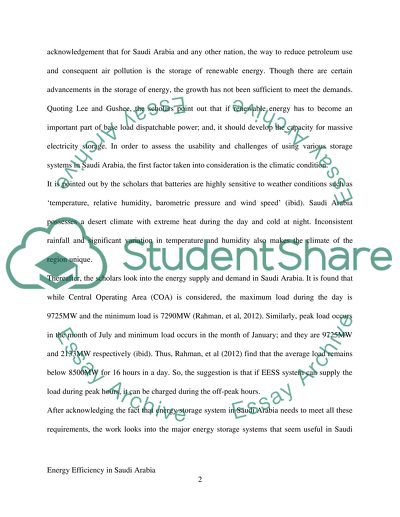Cite this document
(“Energy efficiency in Saudi Arabia Research Paper”, n.d.)
Retrieved de https://studentshare.org/engineering-and-construction/1395171--energy-energy-efficiency-in-saudi-arabia
Retrieved de https://studentshare.org/engineering-and-construction/1395171--energy-energy-efficiency-in-saudi-arabia
(Energy Efficiency in Saudi Arabia Research Paper)
https://studentshare.org/engineering-and-construction/1395171--energy-energy-efficiency-in-saudi-arabia.
https://studentshare.org/engineering-and-construction/1395171--energy-energy-efficiency-in-saudi-arabia.
“Energy Efficiency in Saudi Arabia Research Paper”, n.d. https://studentshare.org/engineering-and-construction/1395171--energy-energy-efficiency-in-saudi-arabia.


